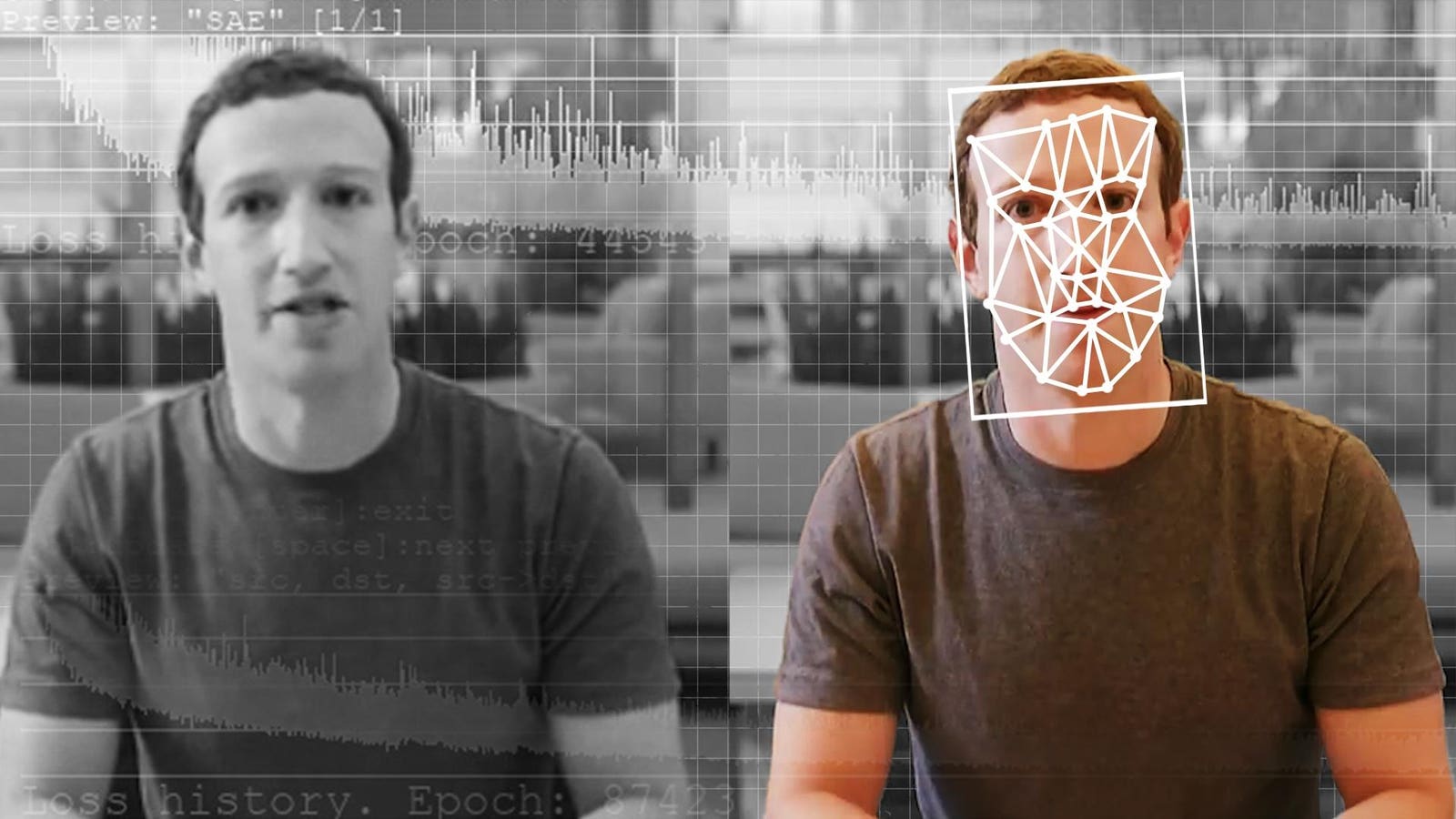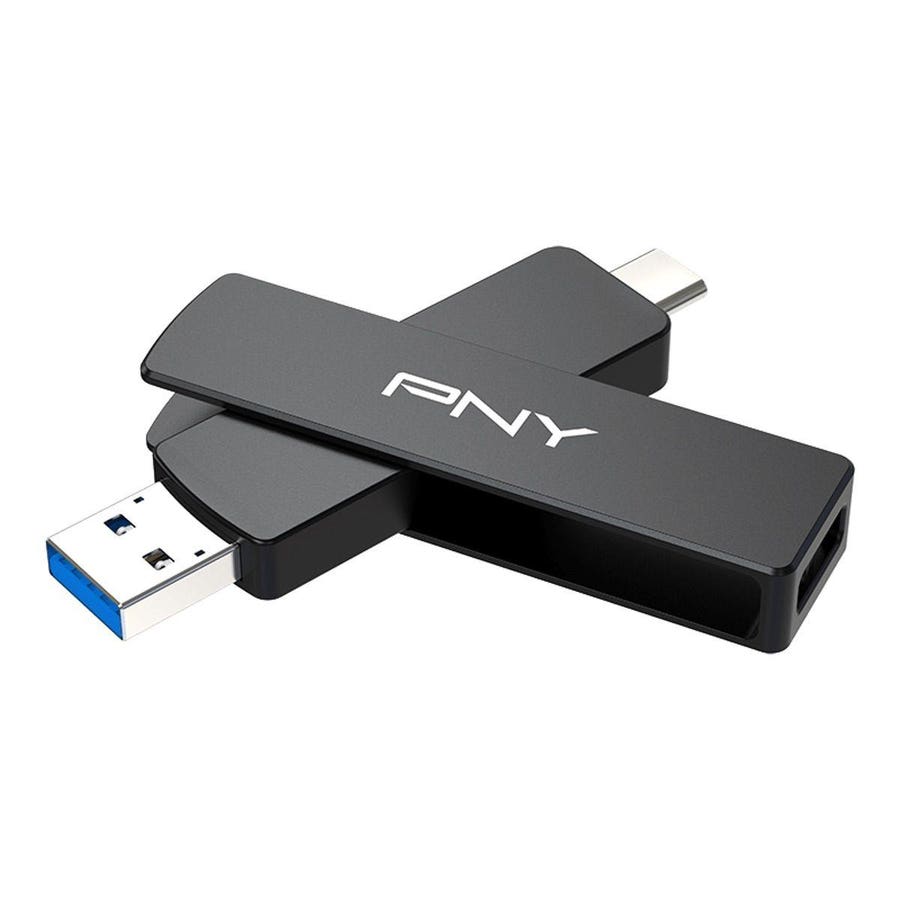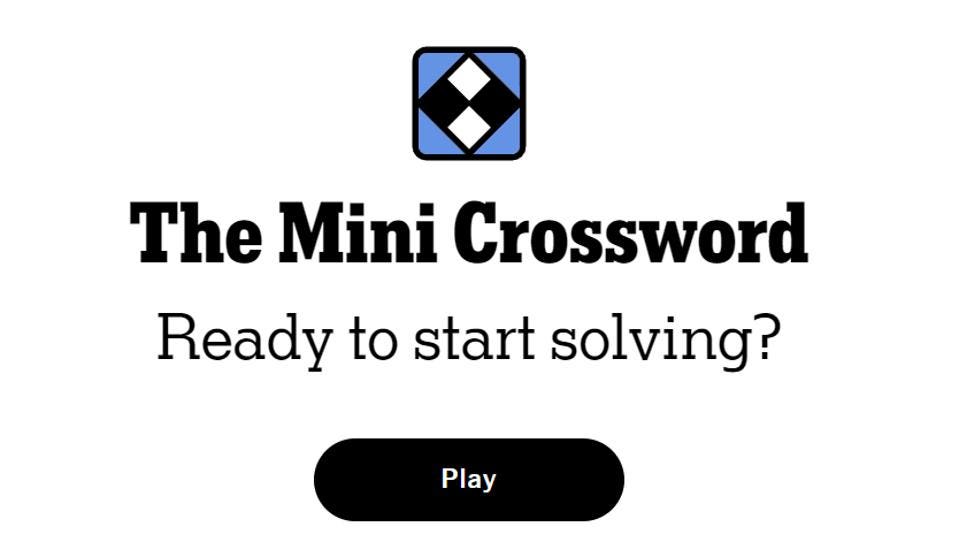Young female vlogger recording video tutorial session of finance and economy
Despite millions of followers, lucrative brand deals and thriving content-driven businesses, many creators still hear the same answer from traditional banks: “No.”
The creator economy, valued at $250 billion today, is projected by Goldman Sachs to grow to $480 billion by 2027. Yet most financial institutions still assess risk through outdated lenses – W2 forms, consistent pay checks and long credit histories. This often leaves even high-earning creators struggling to access essential banking services.
Understanding the Creator Business Model
Today’s creators operate as entrepreneurs, running media properties, launching products and generating income across diverse streams. But traditional banks often lack frameworks to assess this kind of business activity. Terms like CPMs, brand integrations, or affiliate marketing are foreign to many underwriters.
The gap is conceptual. Banks designed for traditional employment structures rarely serve the needs of content entrepreneurs whose earnings fluctuate and diversify quickly.
Creator-Centric Banking
Last month, Karat Financial launched Karat Banking, a business banking platform for creators. Features include FDIC-insured accounts, tax planning tools, up to 3.00% APY, and service discounts with companies like Epidemic Sound and Spotter.
In Alexandra Botez’s case, despite her sizable digital audience and income, she was rejected twice for a business credit card. “Karat approved me for a business credit card when other banks rejected me twice despite being a creator with millions of followers,” she said. “They actually understand what I do as a business and I’m excited for their new business banking launch.”
Lindsey Lugrin, co-founder of FYPM, shared a similar experience with traditional banking limitations. “I hate traditional banks. They have no understanding of what I do so I signed up for Karat business banking and I’m already getting more in yield on my checking account than I did before,” she said.
Underwriting That Reflects Reality
Karat’s model aims to rethink creditworthiness by incorporating creator-specific metrics like audience size, engagement and revenue consistency. This strategy has supported over $1.5 billion in credit and advances to creators such as Wendover Productions and Nick DiGiovanni.
Other financial providers see similar patterns. Alex Kaplan of Breeze noted: “Creators have gotten a little bit smarter and a lot more sophisticated on what they look for… Before it was like, you can’t use the word loan. Now creators get it.” He added, “If no one’s telling you what it costs, it costs a lot.”
Why Timing Matters
This shift toward financial products tailored for creators coincides with broader changes in digital business. Entrepreneurs like Nadya Okamoto and Mino Lee are building companies from the ground up using content as their primary growth engine.
Yet many still juggle piecemeal financial solutions. Karat’s approach, while still evolving, aims to consolidate banking, bookkeeping and tax tools under one roof.
The Future of Creator Finance
As the boundaries between creator and entrepreneur blur, the need for financial services that accommodate non-traditional business models is only growing.
Liz Zavoyskiy of MEP Capital sees the opportunity: “There’s an estimated market size of 12,000 creators on YouTube, making $500,000 or more per year”.
She added, “We’ve heard a lot of myths and misconceptions… that it’s volatile, that it’s low quality IP… But really, if you find the right types of content, it can, in fact, be very high quality and very investable.”
While Karat’s offering is just one response to this structural gap, it underscores a larger point: creators need financial systems that reflect their realities. Whether or not any single solution becomes dominant, the path forward will require more banks and more investors to understand creators as serious business operators.
Takeaways for Creators
- Know Your Worth: Traditional financial systems may not reflect your true business value, especially if your income comes from multiple digital sources. Track and consolidate your financial performance data to present a complete picture.
- Be Strategic with Financing: Not all funding is equal. Consider the terms, repayment models and whether your lender understands the creator business model.
- Build Infrastructure Early: Sustainable creator businesses require more than content. Invest in operations like bookkeeping, business banking and tax planning, so your business can scale smoothly.
- Seek Aligned Partners: Whether you’re working with a bank, platform, or investor, prioritize partners who understand the nuances of your work and support long-term growth.
- Diversify Revenue Streams: As many creator-focused financiers point out, top earners typically have five or more income sources. Expanding beyond AdSense or sponsorships can help you access better financing and stability.









